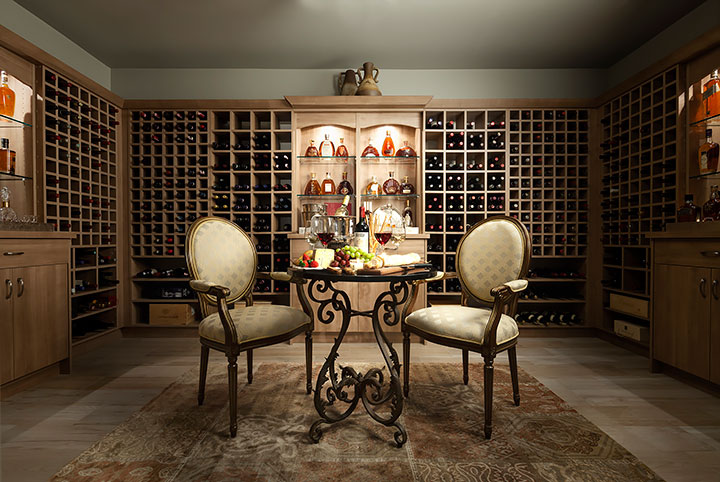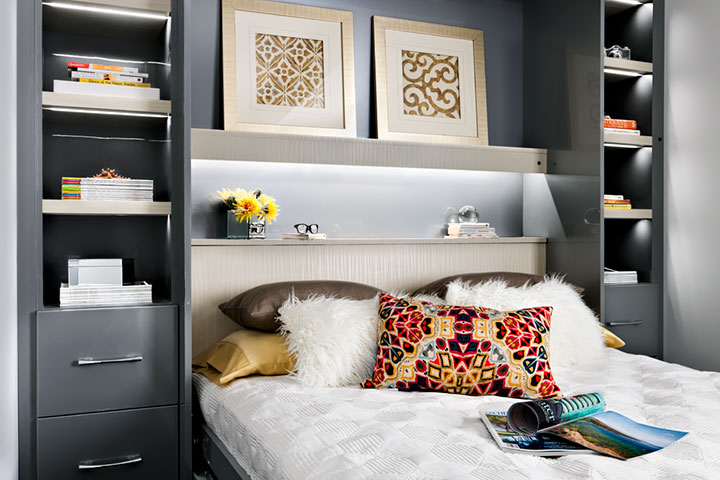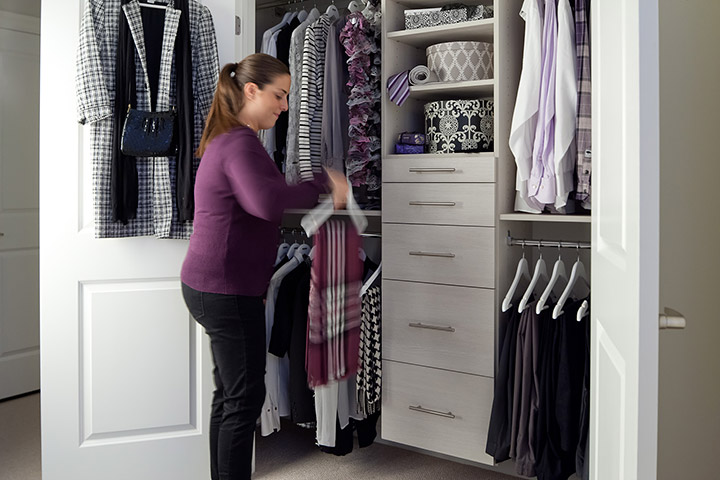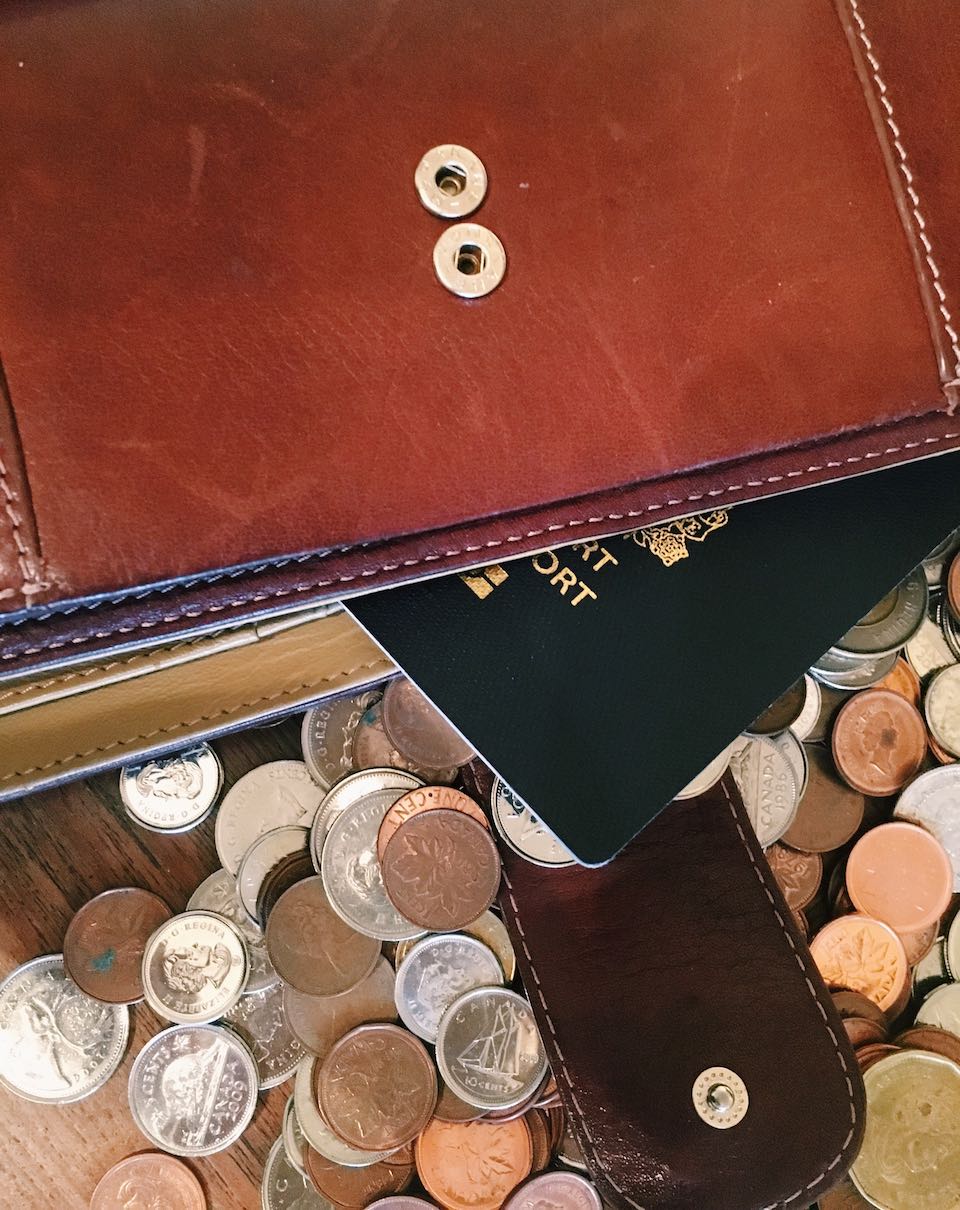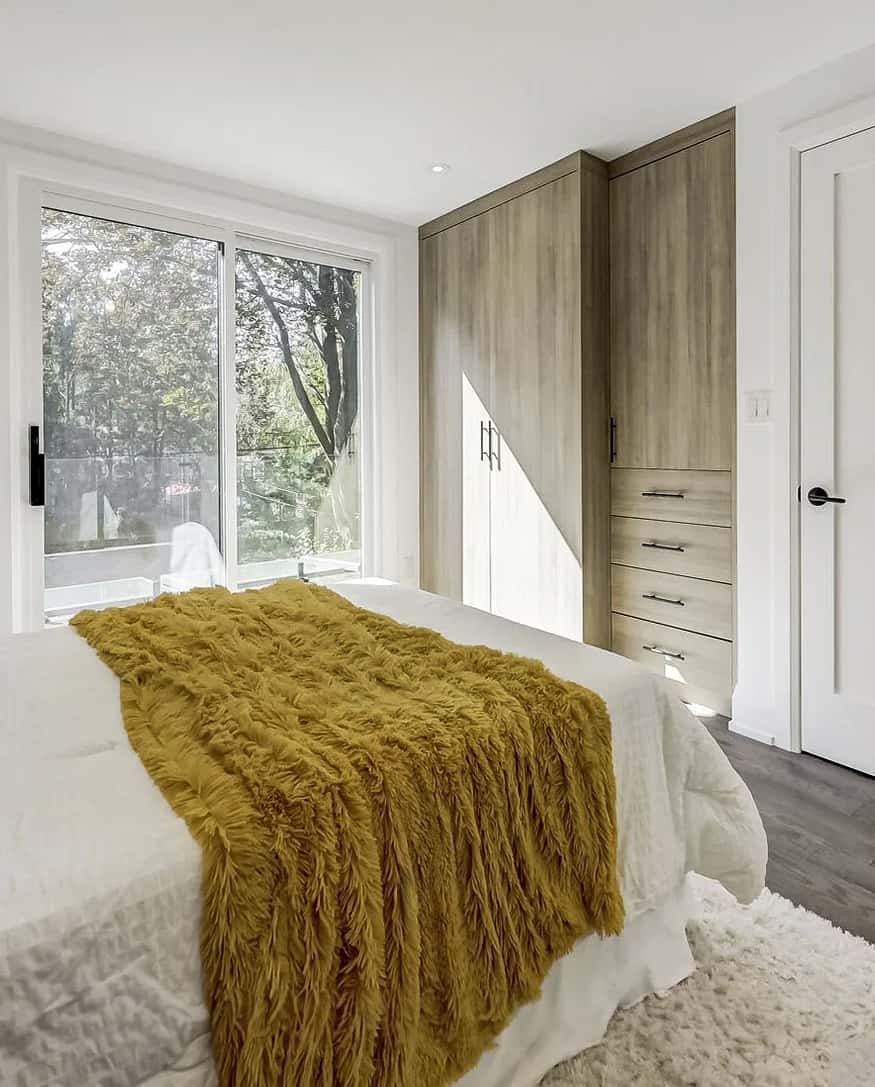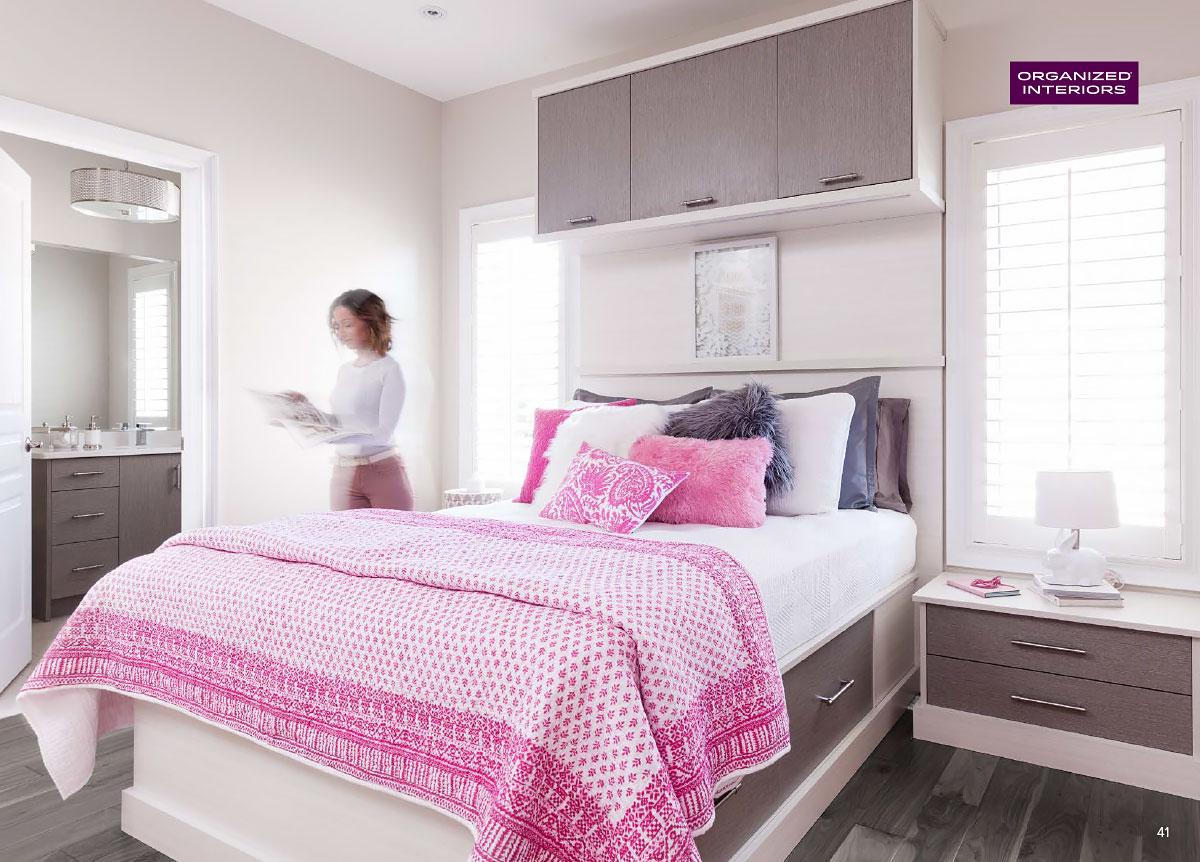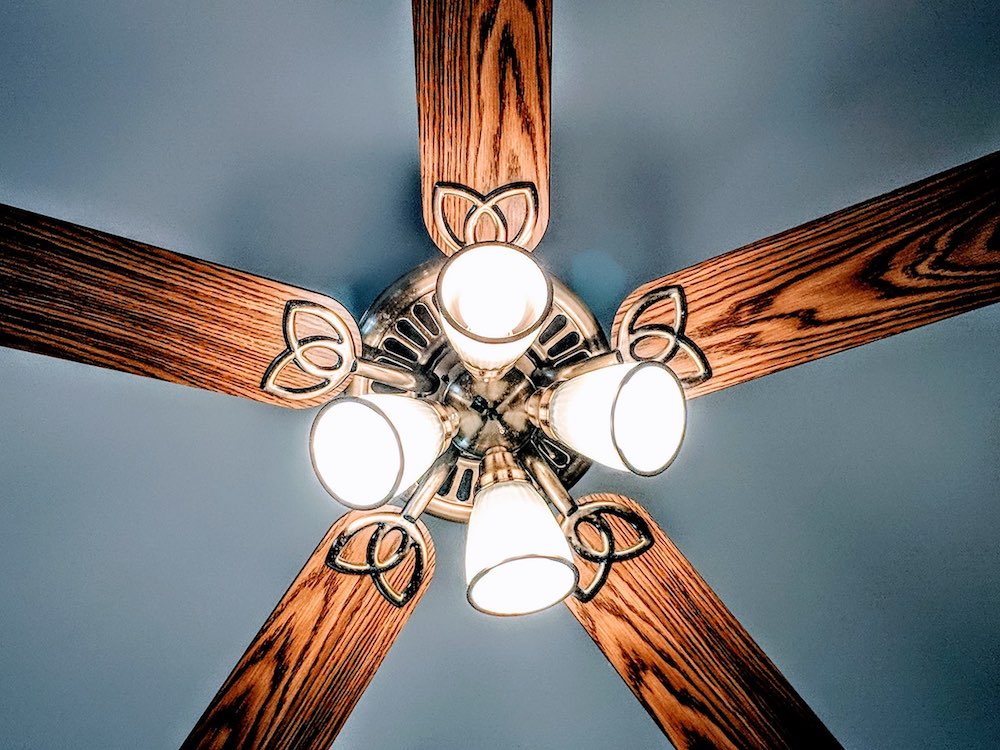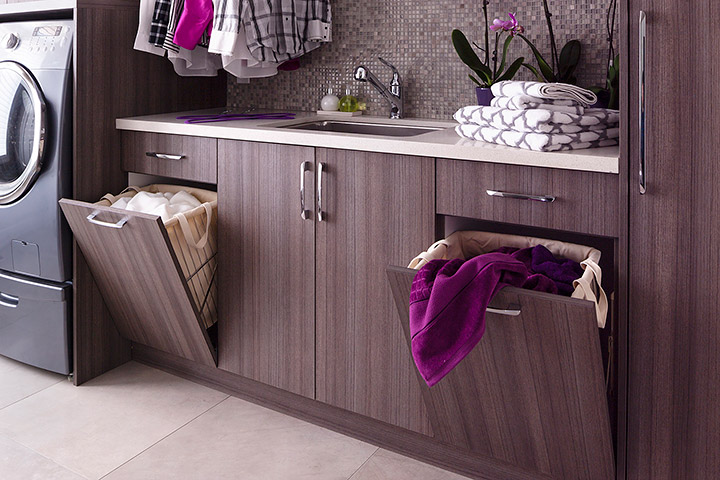Cleaning up that junk drawer in an entryway, home office, or kitchen is one of those unpleasant home organization tasks we usually put off for as long as possible.
Year after year of tossing all sorts of odds and ends into that drawer will eventually result in an overstuffed storage space that will need a good cleaning out.
As easy as it is to procrastinate on tidying up a cluttered drawer, the prospect of decluttering a larger space like a closet or a whole room can feel even more daunting.
A junk closet organization project isn’t nearly as formidable a cleanup task as you might think, however.
Use these tips to turn that messy closet into a tidy storage space that serves your home’s storage needs more effectively.
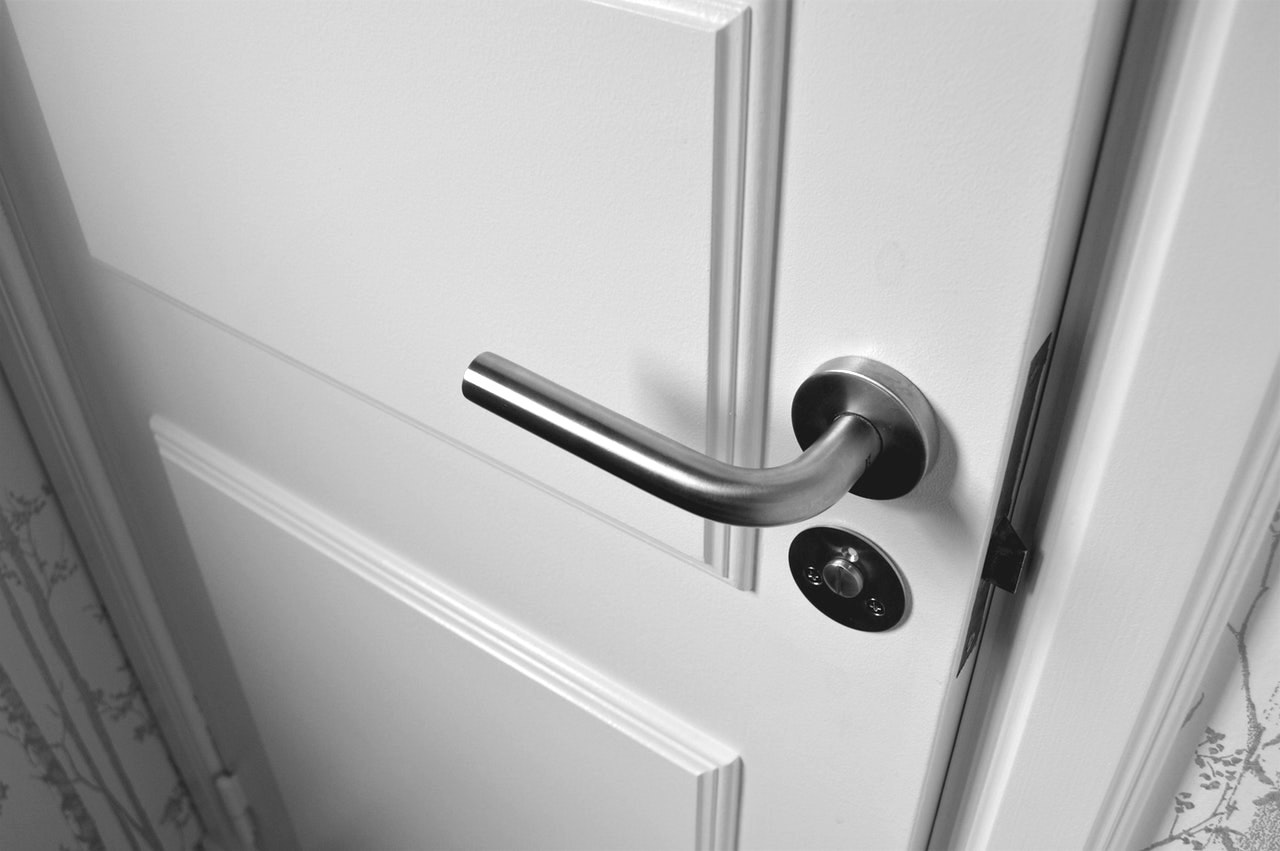
5 reasons to start that junk closet organization project
As with most decluttering projects, one of the hardest parts of the job is simply getting it started.
Don’t focus on how tedious the job might be or how you’d rather be doing something else that is…well, a lot less “decluttery”.
Instead, visualize the positive outcomes that lay ahead once this junk closet organization project is completed:
- You’ll save time by having an organized closet. Think of how much time you’ve wasted looking for a specific item in that junk closet over the years. In some cases you might find it, but there have surely been many times where that needed item is nowhere to be found. An organized closet where everything has a home and is visible eliminates this problem.
- Any space that is cluttered causes stress. Merely opening the door to a junk closet and laying eyes on the calamity inside is enough to cause you some degree of stress. Who wants to keep experiencing that? An organized closet is a stress-free zone in your home.
- A catch-all closet wastes space in your home by lacking functionality. Although we’re calling it a junk closet, there are undoubtedly plenty of useful things hiding in there that could be useful to you. But if they’re too hard to find or access, they won’t get used and that closet’s lack of functionality isn’t serving your needs.
- You won’t waste money on duplicate purchases. Whether it’s clothing, tools, or anything else that’s easy to misplace, an untidy storage area inevitably leads to a few unnecessary purchases of items you already own. We’ve all experienced that deflating moment when you eventually find an item that “fell through the cracks” ages ago that you bought again.
- You can stop being embarrassed by your “shame closet”. A closet’s messy contents may have a door that can keep everything hidden, but you’re probably not proud that such a messy space exists in your home. Tidying it up can liberate you from the feelings of embarrassment you might feel if a visitor happened to peek inside the space, too.
Tips for clearing out a junk closet
Depending on the size of the closet and how full it is, a junk closet organization task shouldn’t take more than a few hours to sort out.
You could spend an hour or two on a few days throughout the week to work on the task or get it over with quickly by devoting a few hours on a Saturday or Sunday to overhaul the closet space.
We would recommend the latter approach, as it would allow you to completely empty the closet all at once. This ensures nothing gets missed in the decluttering process.
It also means you can give the closet something most closets rarely get – a good cleaning. Get the vacuum in there to clean up that dusty floor and give every surface (including the ceiling, walls, hanging rod, and any closet organization systems) a good wipe down with a damp cloth.
Another good reason for emptying out the closet is you don’t want to just move around all of that stuff inside the area and reorganize it. To get the best results, some heavy-duty editing of the closet’s contents are in order.
When it comes to deciding what stays and what goes, a number of items will be no-brainers. That big box filled with old cables, wires, ancient computer peripherals, and chargers for devices you replaced years ago is a good example. Non-essential papers and documents can be recycled. Get rid of any boxes or bags with damaged things you meant to fix, but never did. And donate any clothes that no longer fit.
The number one enemy of decluttering is sentimentality. Check your sentimental feelings at the (closet) door and be practical about what you keep.
6 ideas for a decluttered closet space
Once you’ve gotten rid of enough of the clutter that clogged the closet, how do you envision using that storage space?
Here are six ideas for how to use a rehabilitated junk closet:
- Linen closet: a dedicated storage space for all of your home’s many types of linens is a great way to use a spare closet. Storing all of your bath towels, face cloths, bedding essentials, and other linens in one area makes them easy to find and keep organized. You’ll also free up space in dressers, bedroom closets, or wherever else your linens were being stored.
- A mini mudroom: if that closet is in a hallway near an entrance, convert it into a mini mudroom. Remove the doors, add a bench with hidden storage, and incorporate some dividers on the upper shelf to keep things organized. Add decorative hooks for coats, hats, purses, and backpacks.
- Utility/cleaning closet: like your linens, cleaning supplies and tools tend to get scattered around the home. Store them all in one closet that’s outfitted with enough hooks for all of your brooms, dust pans, mops, and dusters. Add a few extra shelves to the lone top shelf in the closet for your cleaning product containers, cleaning cloths and rags, scrubbing brushes, and spray bottles. If space allows, stash your vacuum in there.
- A storage space for guest linens and seasonal clothing: your guest linens and off-season clothing might not fill a whole closet space on their own. You could use a repurposed closet to store both things.
- Reach-in wine closet: just about any spare closet (even a very small one) can be used for wine storage. The only factor that would make a closet a bad choice as a wine storage area would be if the space was too warm, as the idea temperature range for storing wine is 10-18°C (50-65°F).
- A home office or reading nook: like the wine closet, another unconventional way to use a closet is as a home office. Considering its tiny size, calling it a “home workspace” might be a little more accurate, but plenty of homes have made this idea work. A closet could even be converted into a cozy reading nook.
Important design considerations for your new closet
However you plan to use your closet, there are a few important considerations to make involving its layout and design.
Think about repainting the closet with a lighter shade and adding overhead lighting to brighten up the space. Incorporating lighting in storage areas that get the most use will also help you get more enjoyment out of the closet.
To maximize the closet’s vertical storage space, add an extra shelf above the standard single shelf in the closet. Extra hanging rods, hooks, hangers, pullout racks, and baskets or bins to store small items can be used as well.
Organized Interiors can design a shelf tower with drawers that fits perfectly within your closet and matches the surrounding décor. A custom storage solution like this will look much nicer than using cheap plastic storage containers with drawers or build-it-yourself cube storage units.
Although you want to optimize your closet’s available storage space, don’t overload it with storage systems that make your closet feel overstuffed again.
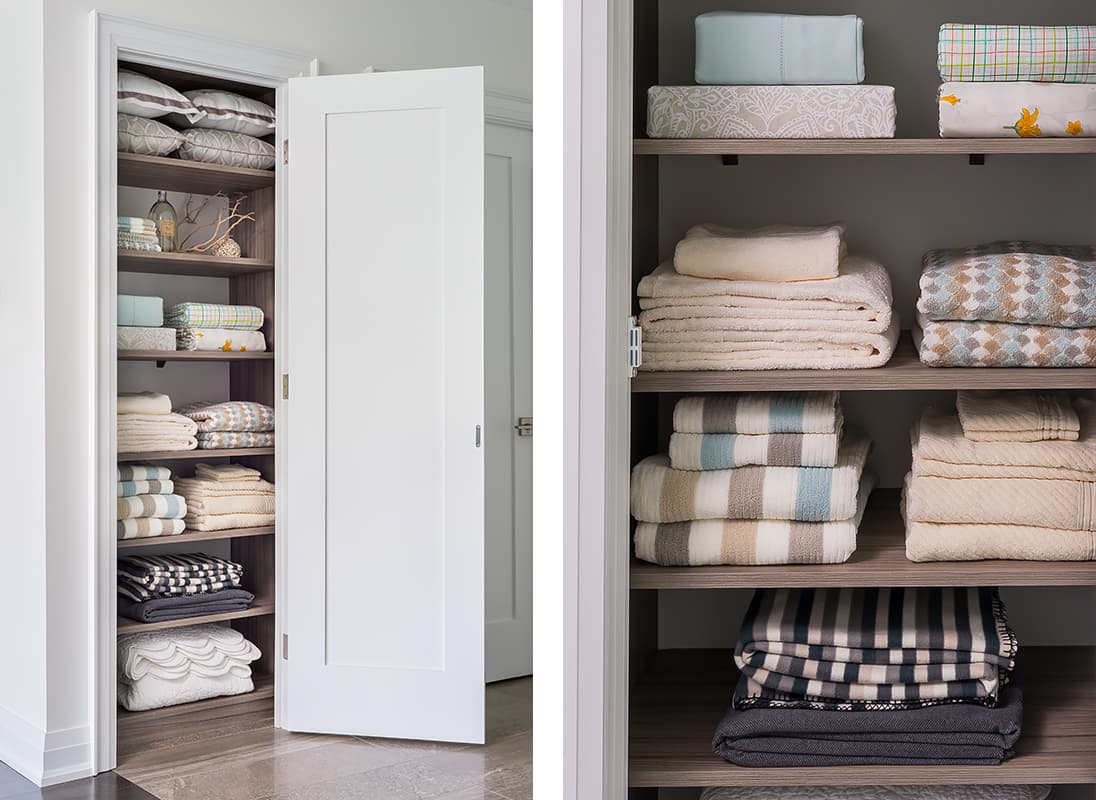
This linen closet keeps all of a home’s linens in one centralized area, which makes them easy to find and keep organized.
How to avoid future junk closet organization projects
The goal is to create a tidy, manageable storage space so you won’t need to undertake future junk closet organization projects.
To ensure success for that goal, a big key is to make sure everything in the closet is given a proper home. That way you’ll always know where to find things and where they should be returned to.
Make your closet as easy to use as possible. Group like items together and prioritize how your things are stored. That means keeping the most frequently used items in the closet easily accessible and stored from waist level to eye level. Items that are infrequently used should be stored up high or on the floor.
Conquer the “I might need it someday” mindset to keep your closet stocked only with things that serve a purpose to you right now. They don’t necessarily have to “spark joy” for you (can a broom really do that?), but they should be useful to you in some way if they’re staying in the closet.
Finally, make an effort to keep as much of your closet’s contents as visible as you can. Even items stored in drawers should be easy to locate when the drawer is opened. It’s a simple philosophy, but it’s true: if you can see something, you’re far more likely to actually use it.
Replace that junk closet with a more useful closet space
If you have a junk closet organization project in the works, give it an upgrade before restocking it.
Organized Interiors can help you create a closet space with a modern look and a high level of functionality that is easier to keep meticulously organized.
Schedule a free in-home design consultation with us to plan your closet makeover.
Please share this post if you found it useful.

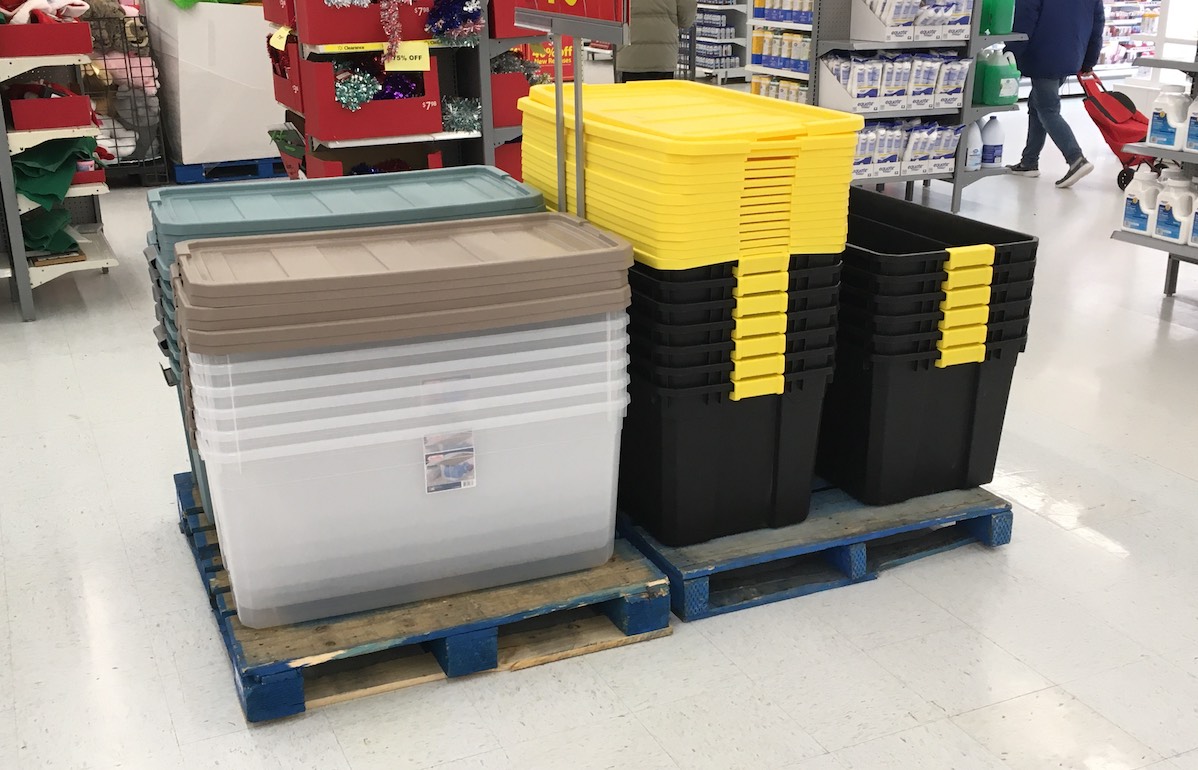
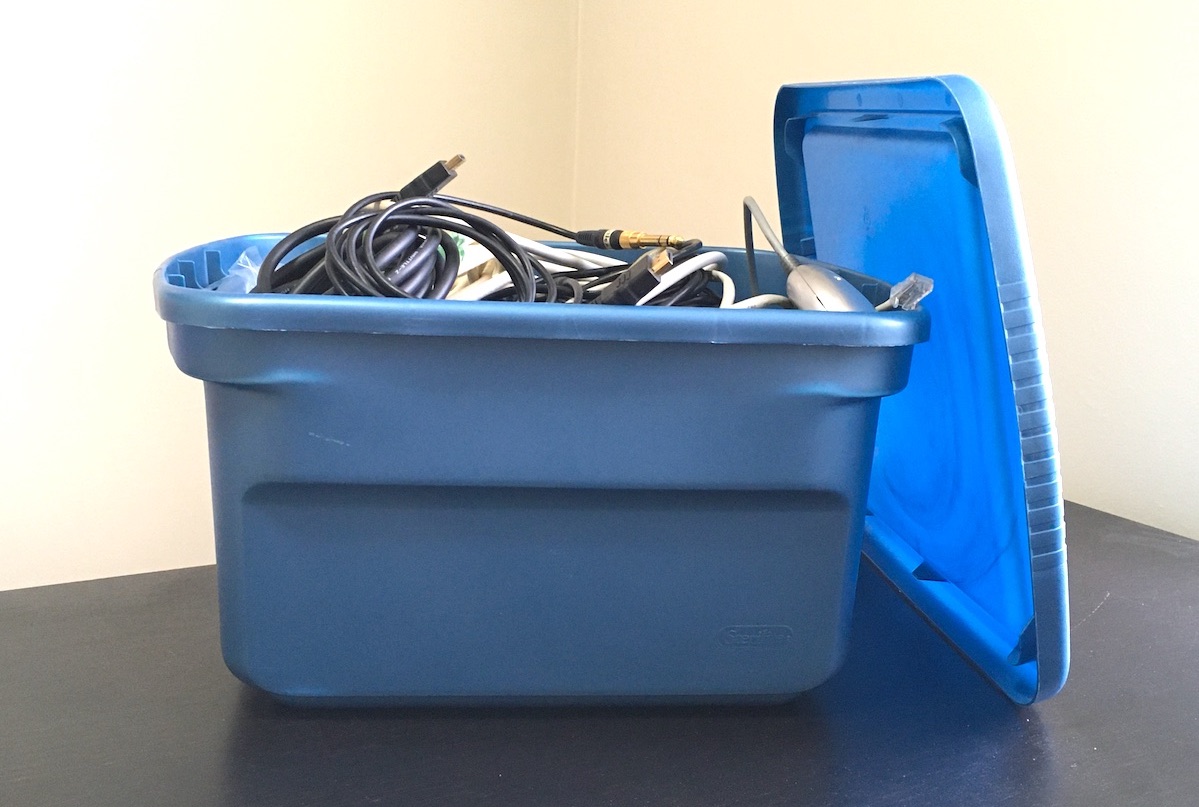
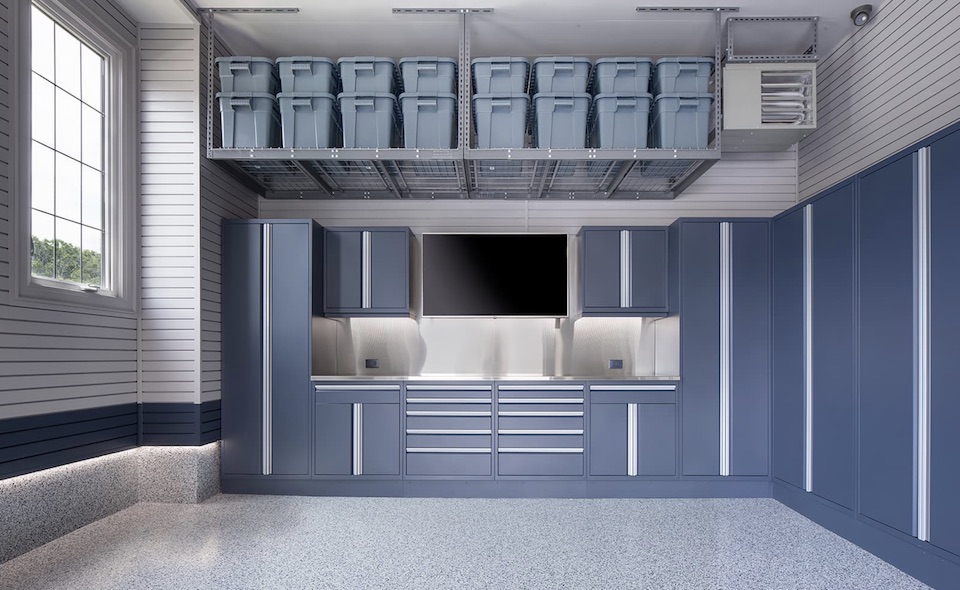
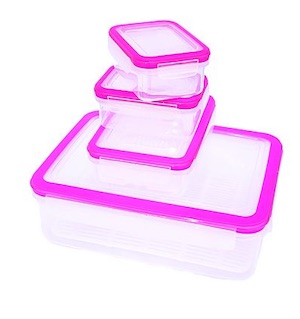 Those storage container sales going on during January might also find you contemplating picking up some new plastic food storage containers.
Those storage container sales going on during January might also find you contemplating picking up some new plastic food storage containers. 
